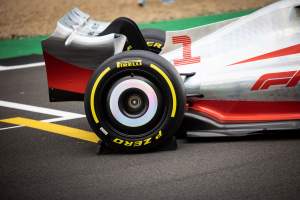Up Next

One of the priorities for the 2022 Formula 1 regulations is to tidy up the airflow around the outside of the car to make it easier to follow one another, which has led to the introduction of wheel covers – or, as they would be called in the road car industry, “hubcaps”.
This is a standard-supply component that’s produced by German company BBS. It also supplies the wheelrims to all teams, the first time in F1 history that this has been standardised. It’s all about avoiding the wasted expense of teams having their own deals with various wheel manufacturers as part of the new cost-capped F1.
But nothing is ever new and we’ve seen such wheel fairings in F1 before. As far back as 1990, Ferrari experimented with them. But it wasn’t until 2006 that wheel fairings – each designed individually by teams – started to be used in earnest and by the time they were banned ahead of the 2010 season they had become common.
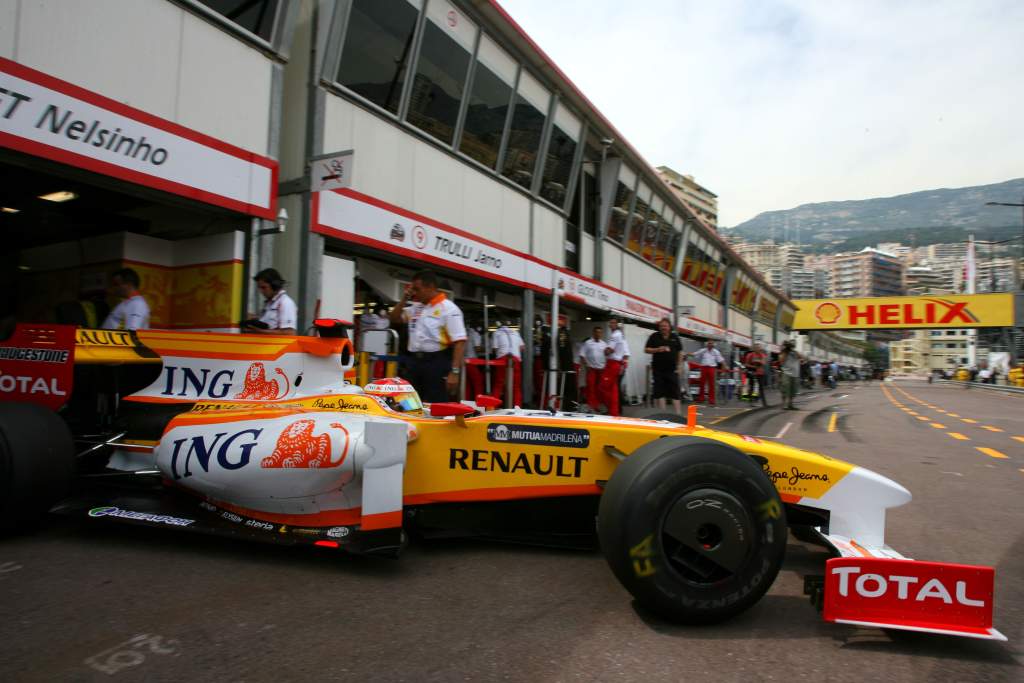
The wheel covers in this era were stationary, whereas the 2022 versions rotate with the wheel.
They featured an exit duct for the hot air coming through the brake ducts, and looking from the outside of the left front this was normally positioned somewhere around the five o’clock position.
The aim with this was to get the low pressure area just behind the front tyre contact patch to pull airflow through the brake duct, improving its performance.
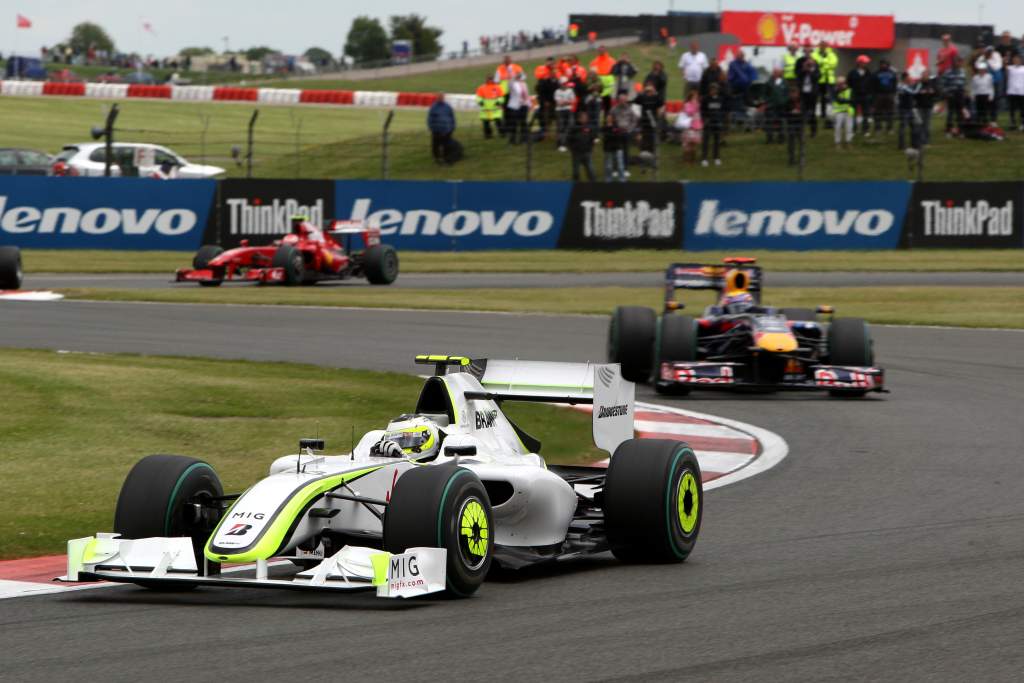
After they were banned, the teams started doing a similar thing but they were forcing a jet of hot air through the axle – referred to as blown axles.
This probably had a worse effect because moving air through from the inside of the wheel to the outside of the wheel will always cause external turbulence. But with brakes that can run at 1000°C, it is the obvious location for the hot air exit.
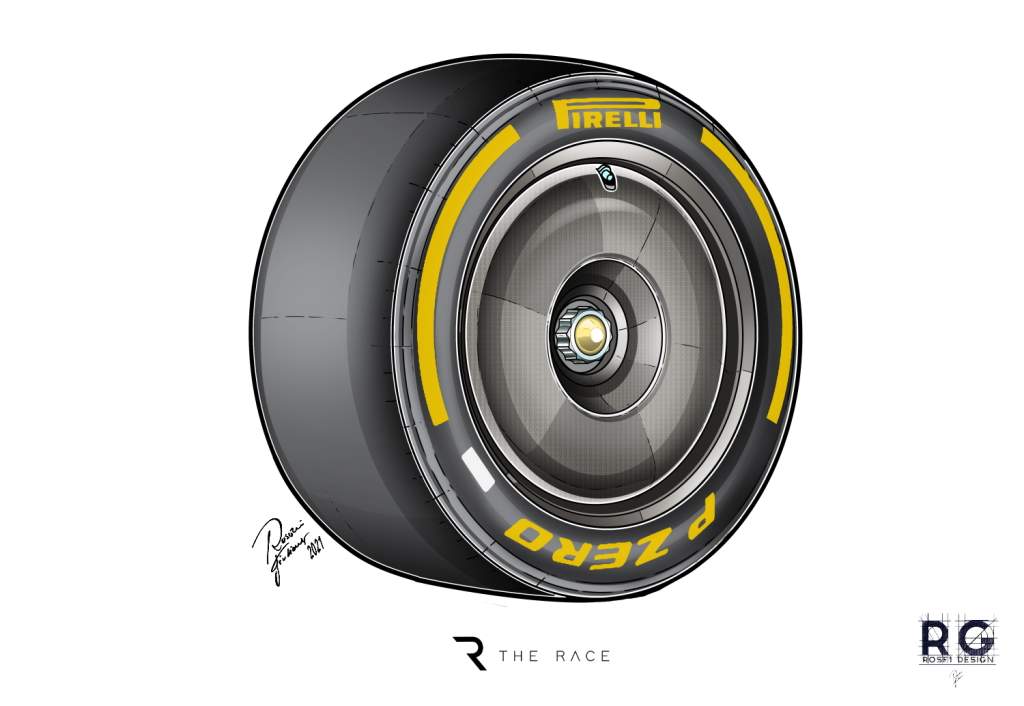
The 2022 rotating hubcaps just have a hole in the middle to get to the wheel-retaining nut and a gap to the rim around the outside diameter. The outer gap will be good for brake cooling, but by being uniform it should have less turbulent flow.
With the new for 2022 18-inch rims, larger-diameter front brakes, tighter brake duct inlet regulations and these hubcaps, getting on top of the brake cooling during the first tests is going to be priority. Up until now the teams have been using this hot airflow to heat up the rims and in turn the tyre temperature especially for qualifying. That will all change for 2022, so it will be a new learning curve for all and an area for initial development.
The combination of these new hubcaps with the heavier wheels – which are 2.5kg heavier than the 21 rims at the front and 3kg heavier at the rear – and larger-diameter tyres means changing wheels in a pitstop will be much more difficult.
I’m sure the teams will get on top of this, but in the early part of the season I wouldn’t be surprised to see a few pitstop errors.
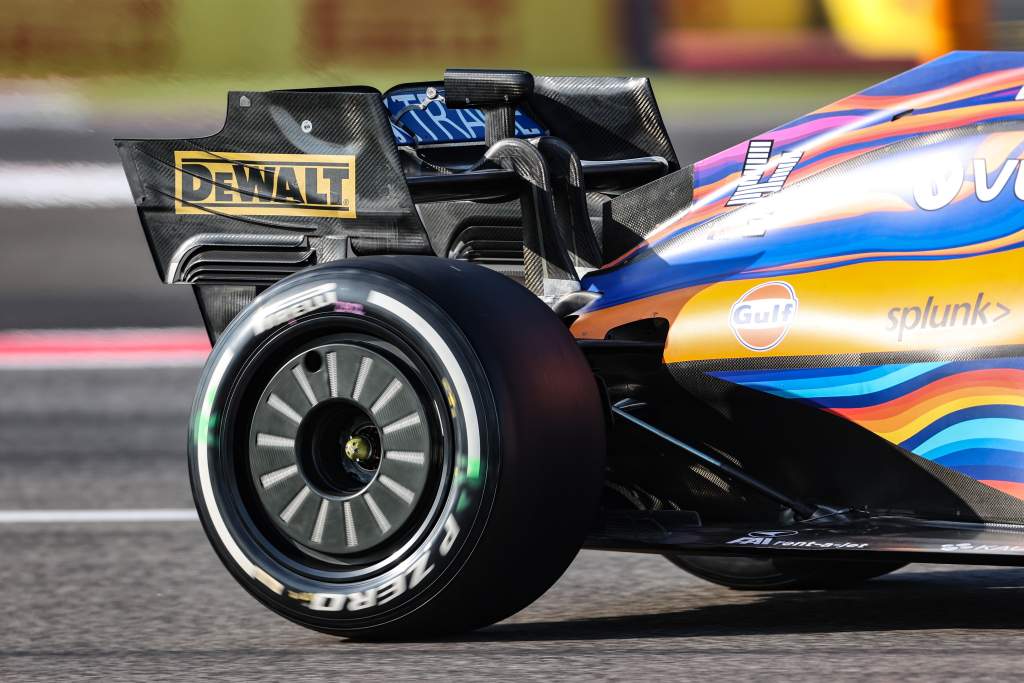
McLaren tested with a version of this hubcap with LED lights fitted on them. It would be interesting to see what they looked like for a night race, but I don’t see them doing much else.
Perhaps they could be connected to a track sensor that turns them red when you go outside of track limits…


